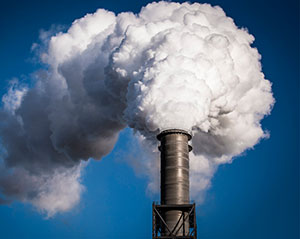Scenario description
EnerBase
EnerBase describes a world in which existing policies and historical trends are continued without any further climate ambition. The lack of support for GHG emission mitigation affects entire energy systems over a long period, with increasing energy demand and limited fuel diversification. This scenario leads to a temperature increase around 3°C.
EnerBlue
EnerBlue is based on the successful achievement of NDCs (Nationally Determined Contributions) and other national pledges, as well as long-term plans. Sustained growth in emerging countries is a powerful driver of global energy demand, but policies play a key role in controlling the pace of growth. This scenario leads to an increase in world temperature between 2.0°C and 2.5°C.
EnerGreen
EnerGreen explores the implications of more stringent climate policies, with countries fulfilling or overachieving their NDC commitments and then regularly revising their emissions goals to be in line with Paris Agreement goals. These changes lead to significant improvements in energy efficiency and a strong deployment of renewables. In this cleaner trajectory, global temperature increase is limited to well below 2 °C.
EnerFuture provides energy projections up to 2050. Our service offers clear insight into the future of energy demand, prices and GHG emissions.
More informationEnerdata's long-term MACC allow you to gain unique insight and comprehensive data from the globally recognised POLES model.
More information


